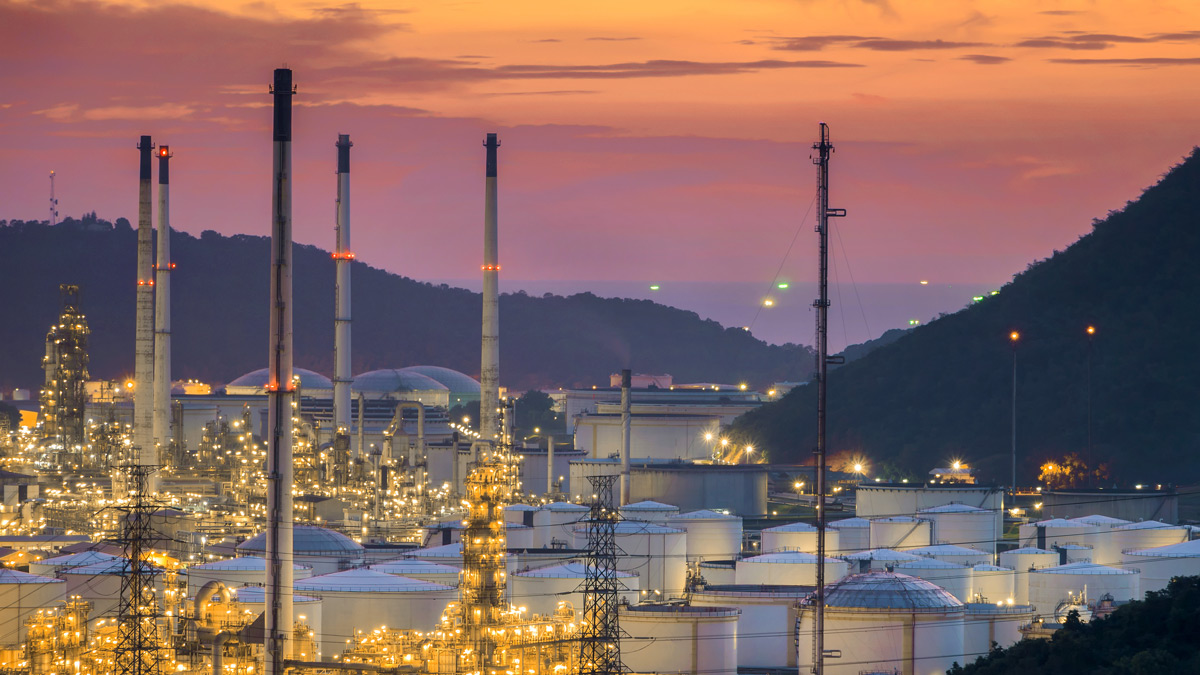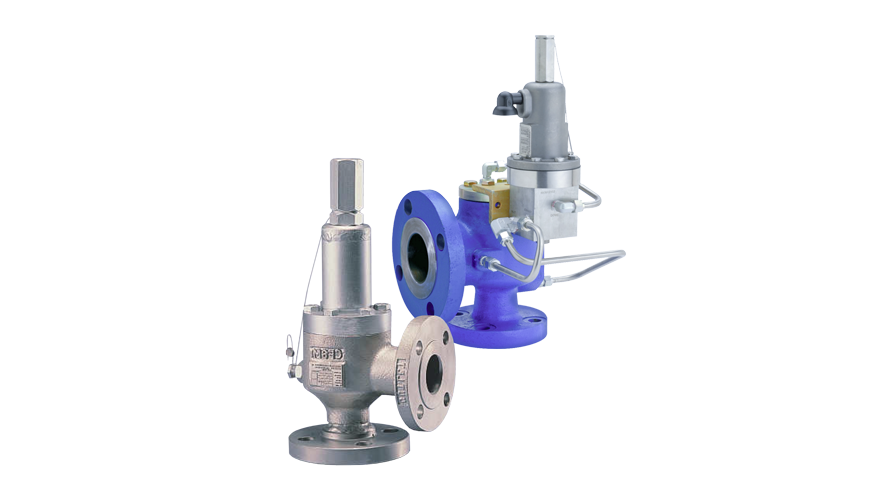The most effective protection of working systems (tanks or installations) against excessive pressure are safety valves. They are now considered the primary type of protection against pressure build-up. There are different types of valves, which are made of different materials. It all depends on the type of installation in which they are to be installed. The variety of valves is dictated by a number of factors, including the type of media they deal with. Among them we distinguish gases, liquids, vapors or semi-solid media. An important factor affecting the variety of valves is also the pressure range used in installations or their design conditions. When selecting the right valve, other complex and specialized issues should also be taken into account.
The proper selection of safety valves depends on the proper functioning of the entire system and the safety of all those around it. Therefore, both the selection, installation and subsequent maintenance of safety valves should be handled only by authorized technical groups.
CORONA offers safety valves branded by Anderson Greenwood & Crosby. All of them, without exception, meet all the standards required when working in the conditions for which they were intended. We use a basic division of these valves into several basic groups.
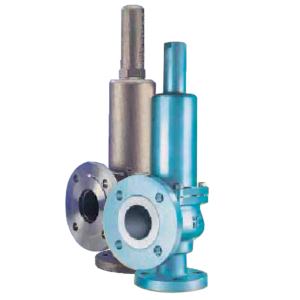
Crosby JCE Series
The Crosby Type JCE Safety Valve has a freely deflecting containment that always aligns properly with the nozzle. This valve is manufactured as a standard or with a compensating bellows, and can also be equipped with a special type of disk designed for liquid media to ensure trouble-free operation.
The standard configuration is used in applications where the back-pressure caused by the discharge does not exceed 10%. The bellows configuration is used when several safety valves discharge media into a common manifold, or in others – wherever variable back-pressure up to a maximum value of 40% may occur. Crosby Type JCE safety valves provide full protection against overpressure in operating systems at a moderate purchase and operating cost.
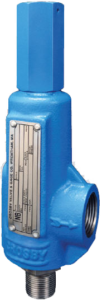
Crosby 900 Series OMNI-TRIM
Crosby 900 Series valves have a simple design and internal equipment (trimeter) characterized by a wide range of applications. They provide protection against the build-up of excessive pressure in medium-flow installations used in refineries, chemical and petrochemical plants, auxiliary installations of power plants and pulp and paper plants. The maximum fixed closing delay level is factory-set usually at 20% or less. Standardization of components allows for easy valve installation, ensures long service life and trouble-free operation, and low maintenance costs.
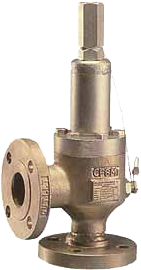
Crosby Series 60 and 80
Type 81 spring-loaded safety valves are used in a wide range of products, pressure and temperature ranges and for operation on gas, steam and liquid systems. They allow to maintain tightness even at pressures close to the opening pressure. They have an inert plastic seat.
Series 83 valves with elastomeric seat are ideal for gas installations operating at pressures close to set pressure, for control of expensive or contaminating gas products, and for installations where gas or liquid discharge is forced by thermal expansion.
Type 61 valves are suitable for gas installations where low or medium opening pressures are required and for protecting installations from the effects of thermal expansion. The brass construction is suitable for installations handling carbon dioxide, natural gas and other vapors.
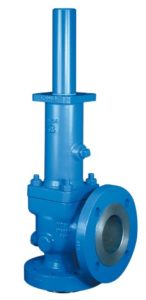
Crosby Series JOS-E, JBS-E, JLT-JOS-E, JLT-JBS-E
Crosby’s type JOS and JBS spring-loaded safety valves are designed to provide excellent protection against excessive pressure in installations with media such as air, gas, liquid vapor, and for operation under particularly harsh conditions in the energy industry. They are available in a variety of material combinations – Monel, Hastelloy and stainless steel.
JOS-Eand JLT-JOS valves are used when discharging media to the atmosphere or when the discharge is to a low-pressure outlet system. JBS and JLT-JBS valves have a compensating bellows to minimize the effect of back pressure on the valve’s performance.
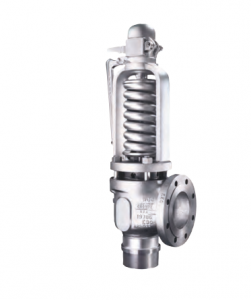
Crosby H Series for high-temperature operation
Crosby H-Series safety valves are designed for boiler applications. They are used successfully on boilers, cylinders, steam superheaters, heaters and heat exchangers. HCI valves are used on boilers for super supercritical parameters (temperatures up to 595 °C).
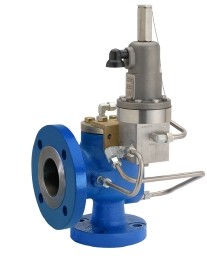
Pilot Crosby
Safety valves with a so-called pilot, offered by Anderson Greenwood Crosby, can operate at a higher pressure setting range than spring-loaded valves. Sometimes one valve equipped with a pilot can successfully replace five spring-loaded safety valves. Since these valves do not have a spring to keep the main valve seat closed in the valve design, it was possible to significantly reduce the height of the valve.
Pilot valves are widely used in the onshore and offshore oil and gas processing industry (LNG, LPG, LIN, LOX), in cryogenic applications, in the chemical industry and the like. Self-opening function available when the pressure exceeds a critical value. There is no throttling of the main valve, which prevents agent freezing in cryogenic and refrigeration applications.
